A 10-Year Odyssey: What Space Stations Will Look Like in 2030
Monday, November 2, marks the 20th anniversary of a continuous human presence aboard the International Space Station. It's a monumental milestone—an achievement that represents humanity's ability to surmount geopolitics (and gravity) in an effort embark on what may be the greatest scientific endeavor Earthlings have ever known.
But space as we know it is changing.
Tom Cruise has plans to film an action flick aboard the space station. The perfume company Estée Lauder is angling to shoot a commercial in micro-gravity. And NASA announced last year that it would reopen the International Space Station to space tourists, prompting a flurry of media attention and geek exuberance. The focus is on the opportunity for space tourists to visit ISS, a $35,000-a-night excursion for customers, but the part of the announcement that received less attention will likely have a bigger long-term impact: newly relaxed rules for-profit research done in orbit.
🌌 You love our badass universe. So do we. Let's explore it together.
Projecting these trends into the future is the only way to see what may be enabled by these changes. Of course, predicting the future of spaceflight has been a fool’s errand and invites future readers to laugh with well-earned derision, but let’s hit fast forward to imagine the future of space stations 5 and 10 years into the future.
All of the business activities mentioned are based on current efforts, in and out of NASA while some are only used as examples of what’s possible, and should not be taken as an endorsement (but we think they're cool).
2025: A Factory In Space
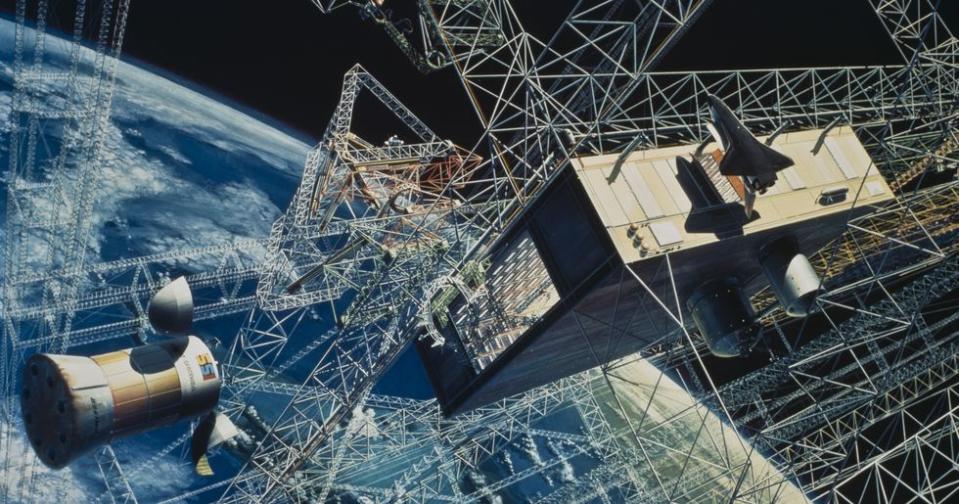
The International Space Station, one of the history’s engineering marvels, is still under NASA management. The effort to cut funding has never succeeded, but the $4 billion annual price tag of supporting the station is sapping efforts to put an American flag on Mars. So the aging station’s life won’t be extended, which makes engineering and economic sense—even politicians can’t argue against gravity and metal fatigue.
However, the seeds of a new industry are being planted onboard. The clearest sign of this is the space hotel prototype attached to the station’s Harmony module. Inside, a pair of company engineers is performing a shakedown flight to validate the design. The idea is not to remain an annex to ISS, but to fly the hardware on its own and become a free-flying, for-profit destination.
There are exterior and interior experiment racks for researchers, and for tourists, there are big windows and doublewide sleeping bags suitable for an orbital honeymoon. Inside the ISS, a visitor is ready to arrive. A few years ago, this person had no reasonable method to explore space, but when the rules changed in 2019, this wealthy actor/musician snatched up a round trip ticket having no compunction about putting $50 million down for a week in space.
The celebrity floats past a rack of experiments, not sparing them a look. Inside is the largest protein crystal grow-out ever attempted in orbit. Studying individual protein molecules is extremely difficult because they are so small. However, clever researchers have figured out that growing a crystal from protein molecules will create a repeating array that can reveal the molecular structure. So if they know the protein’s exact structure, they can design medicine with it.
There are several projects ongoing inside the racks, aimed at unraveling Parkinson’s disease, finding antidotes to toxic agents, and developing immunotherapy for cancer. These projects preceded 2019, but kicked into higher gear since the for-profit research limits have been lifted.
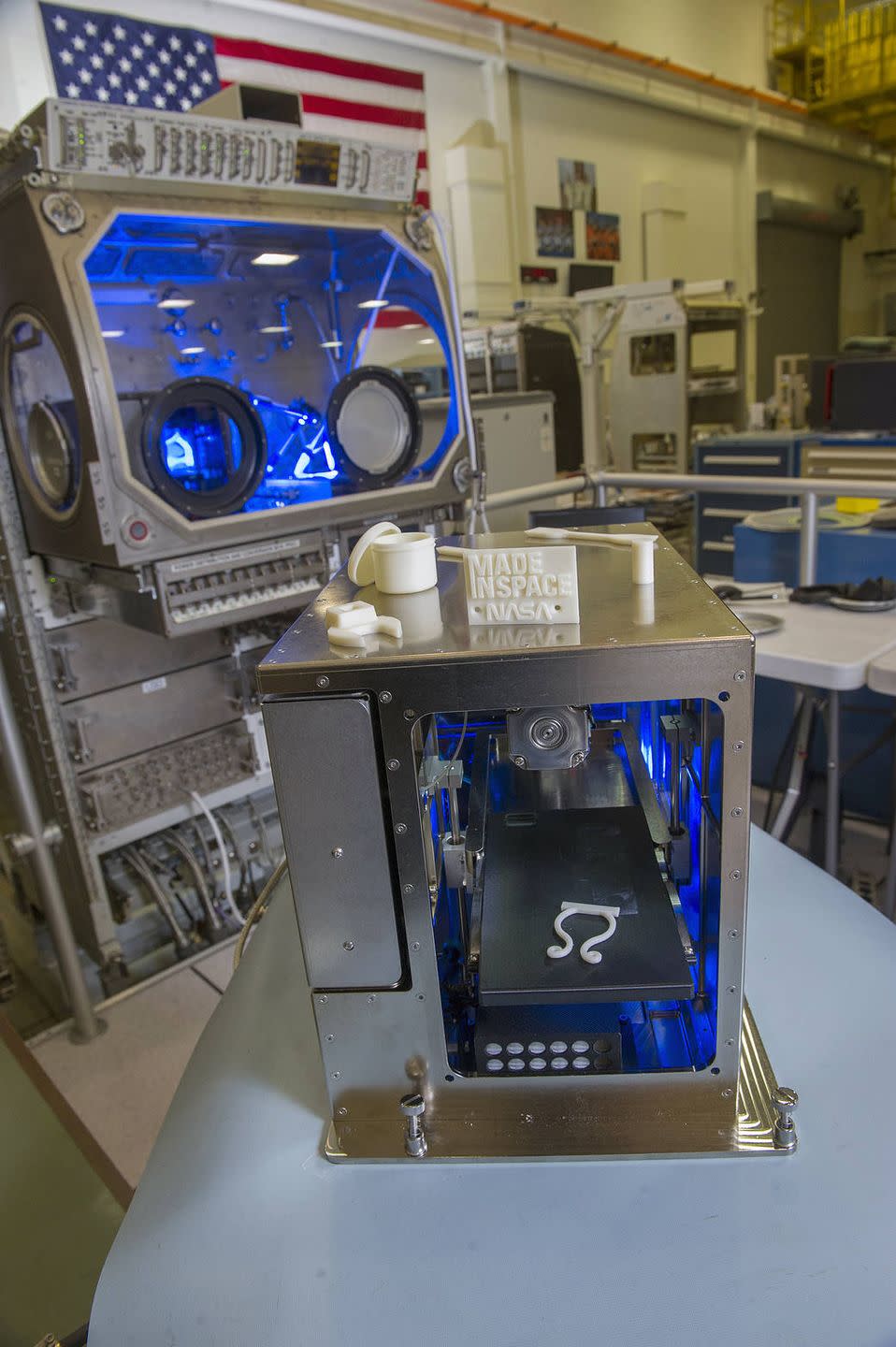
There’s an economy of scale here: the experiment racks have been made larger and optimized by a space research company and so several interested pharma companies have cost-shared space on a private space flight to the station. The astronauts are still needed to run the experiments, but the space research company has automated the process as much as possible.
The research done in space is having an impact back home. There are manufacturing innovations being invented here that couldn’t be discovered on Earth: perfect microscopic spheres (courtesy of a lack of surface tension) for encapsulating drugs, fiber optic glass with unprecedented smoothness and speed of transmission, and ultra-thin sheets of gallium arsenide that can be used in semiconductors.
🚀Build a Space Station of Your Very Own🚀
Along with these experiments, there’s a 3d printer in a box attached to the hull. Its robotic arm is plying layers of material on a long lattice frame. These are solar panels, being made in space where they will also be used. The more surface area, the more power can be collected, but launch vehicles can’t fit such long, flat structures in their vehicles. That’s where those complex, folding solar arrays come in. But making panels in space enables optimized sizes and removes the risk of a malfunction when the array unfolds. Simple is always better.
SpaceX and Boeing continue sending astronauts skyward (and reap the public rewards for delivering astronauts and famous people to the station), but its the new generation of manufacturing breakthroughs that will really change everything.
2030: The Big Splash
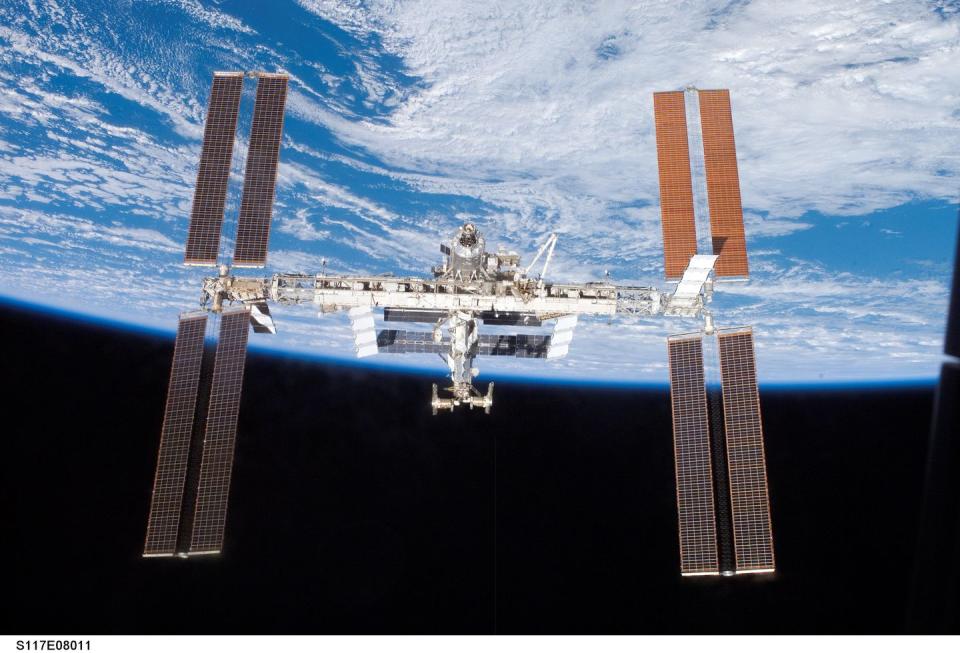
It’s the end of the road for ISS.
As the world watches, mission controllers order the final commands that push the space station into a fatal plunge. It’s taken two years (and nearly a billion dollars in fuel) to position the ISS just right to guide it into the Pacific Ocean. This is the most remote spot on the planet. They call it “Point Nemo,” and it’s become a spacecraft graveyard.
And there will be a big splash. NASA estimates that somewhere between 53,500 and 173,250 pounds of space station will dropping into the ocean.
It’s the end of ISS, but it has spawned a new generation of stations that even now are in orbit. These have spent time attached to ISS but are now free-flying, self-sustaining space stations. There are about 5 private space stations flying in 2030, not including the Chinese outpost.
These are no cookie cutter copies of ISS, or even of each other. These myriad platforms are built and operated by various people, whether public-private partnerships or commercial operations populated by researchers trying to maximize microgravity. Other stations have berths for space tourists, but very few aggressively focus on ferrying the super rich to low-earth (LEO) orbit. There’s good money and less risk in flying scientists.
And these activities will be open to the world, so nations with some money but not enough to have their own space stations are renting rides and space for their own research priorities. Places like Nigeria, South Korea, and the United Arab Emirates now have turnkey space programs, complete with national astronauts, science projects, and commercial research.
There are more of these “sovereign astronauts” than there are space tourists as the reality of the experience—cramped, constipated, and costly—is starting to set into these well-heeled adventurers.
Very few (if any) of this new crop of space stations are populated full-time. Private space modules are built with automation in mind, fewer skilled repairs, and no orbital spacewalks. In fact, most run without anyone on board at all, keeping them ready for visitors or tending to long duration experiments. Robot arms affixed to walls tend to the manual work when human beings are absent. There is also an emerging market for space station repair, which is an offshoot of the satellite servicing business that’s booming in LEO as a growing number of constellations encircle the globe.
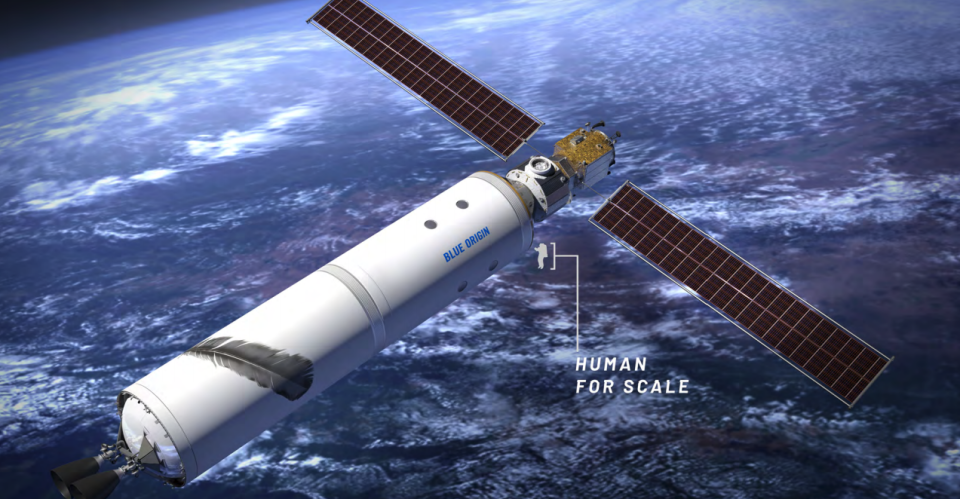
These space stations look similar. They each have prominent solar arrays, communication antenna, and emergency escape capsules. They are each smaller by far than ISS ever was, but are built for different purposes: Blue Origin’s station is a repurposed rocket, making for a long, slender station. With twin solar panels, the entire thing is shaped like a T. Lockheed Martin’s looks like a mini ISS, with the station wedged between flat, wide solar panels. And Axiom’s space station looks like a mushroom.
Some of these stations are busy proving just how far orbital construction can go. The most ambitious is a private firm that’s creating small satellites in space. It’s easier and cheaper to fly the needed materials into space than finished parts. A 3D printer in orbit takes those raw materials and churns out small sats, available to create or fill holes in existing constellations.
This effort is neat but not as impressive as the other major orbital construction project — a handful of spider-like robot spacecraft creating struts and other long structural parts for a new space habitat. Smaller stations, lower launch costs, and in-orbit construction are what define this new generation of space exploration.
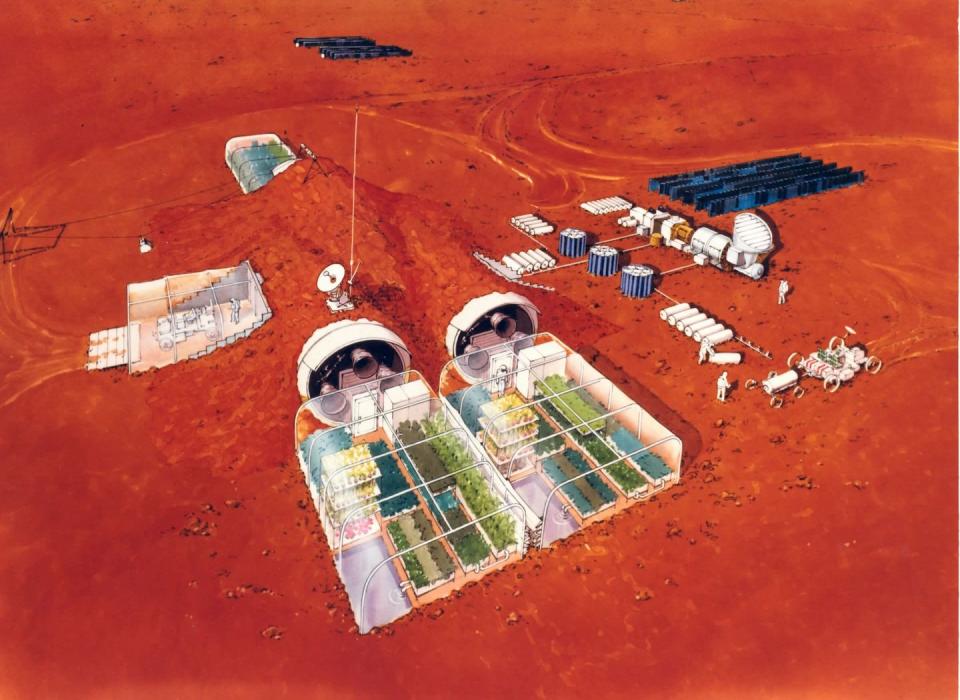
But where is NASA in all of this? The space agency has handed the reins to LEO to private companies, but the agency is still pouring money into crewed deep space missions with its eyes continually set on Mars. But government funding is going further since they can now piggyback off the private sector’s progress, and there are the obvious savings associated with having spaceflight competition.
It’s a replay of the way NASA seeded the development of the SpaceX, Grumman, and Boeing commercial launch vehicles, which in turn enabled all of this action in orbit in the first place. By loosening their grip on LEO, NASA has seeded an economic infrastructure that can exist without it’s direct funding.
With NASA focused on Mars, commercial entities start floating ideas of their own lunar bases. If there’s a market for science, tourism, or industry (water mining, solar panel construction or the like), it will be private space companies building the hardware and managing the missions on their own—after they enable NASA to land there.
By the time the year ends, there’s talk of establishing a wholly private base on the moon. Finally, tourists will have a destination and scientists will have a base to plumb the Moon’s many mysteries.
And it's this lunar colony that marks a major transition in human history—the first steps off Earth and toward a multi-planetary species. The new space stations in orbit are now seen as the first baby steps to this future, a step first taken in 2019.
Now, the solar system awaits.
You Might Also Like

